On their own, marketing and sales won't bring great results.
Without marketing, sales teams waste their time following up with low-quality leads.
Without sales, marketers fail to hit their quarterly targets.
But when they are together?
Marketing and sales crush conversions.
Want to learn the major differences between marketing and sales and how they can work together to supercharge your business?
You’ve come to the right place.
%(tableofcontents)
Ready? Let’s roll.
The Major Similarities Between Marketing and Sales
Hold it right there, eager learner. Before we explore the major differences, let’s discuss what marketing and sales have in common:
1. GOAL
Do a quick search and you’ll notice marketing attracts awareness and sales converts leads into customers. Different goals, right?
But here’s the interesting thing. In the big picture, marketing and sales couldn’t be more similar in their goals — both aim to drive revenue.
Check out this marketing and sales funnel, which illustrates this common goal.

2. FOCUS
Both marketing and sales focus on the customer.
Effective sales pitches shine a light on your target audience. In every interaction, they hear what’s in it for them and what the results look like after using the product.
This sales pitch contest entry by G2 (formerly G2Crowd) is a perfect example. Note how the user voice platform fully captures its value proposition while highlighting the frustration of its target customer.
Marketing works the same way.
This Facebook Ad by Shopify zooms into the prospect’s deepest desire — turning hobbies into careers they love.[*]

Now that we got the similarities out of the way, let’s move on to the major differences between marketing and sales.
Marketing vs. Sales: How Are They Different?
We’ll take a deeper look at each aspect, from their approaches to the tools they use. You'll discover how they work together to convert prospects into customers.
| Difference | Marketing | Sales |
| Categories | Email marketing, social media marketing, content marketing | Account management, telesales, indirect sales |
| Approach | Identify customers’ needs and determine how to reach and retain them | Persuade customers that the product fulfills their needs and is the right choice |
| Activities | Center around research and content creation: customer research, sales team interviews, graphic design, ebooks | Optimize sales process: following up, tracking, lead qualification |
| Size of Customer Base | Larger | Smaller, usually one-on-one in B2Bs |
| Timeline | Varies, could take months to a year | Weekly or monthly sales target |
| Tools | Boost marketing efforts: analytics software, social media scheduler | More “client facing”: video meeting solution, CRM software |
Difference #1: Categories
There’s a wide range of categories in sales, depending on the business and the customers you serve.
-
Account management: Typically seen in B2Bs; account managers work closely with clients.
-
Telesales: Broken down into outbound and inbound; sales reps sell directly by the phone.
-
Indirect sales: Sales reps support manufacturers to provide product training.
The wide breadth of sales is best summed up in this chart.[*]
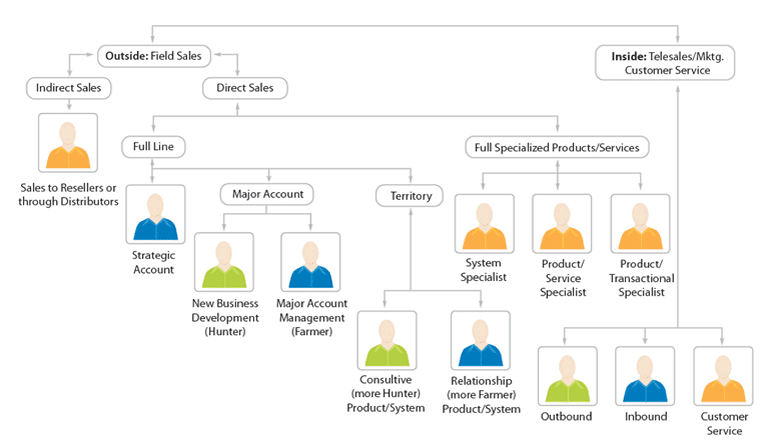
Marketing couldn’t be more different. It includes content marketing, affiliate marketing, direct mail, email marketing, and social media, among others.
These aspects of marketing are further categorized into smaller groups:
-
Email marketing: Using email to promote your products or services (e.g., welcome emails, newsletters, lead magnet emails).
-
Social media marketing: Using social networks to attract brand awareness and promote your business (e.g., Facebook, Google, LinkedIn).
-
Content marketing: Using content to attract leads and nurture them into customers (e.g., blog posts, ebooks, webinars).
Check out this visual; it covers only content marketing.[*]
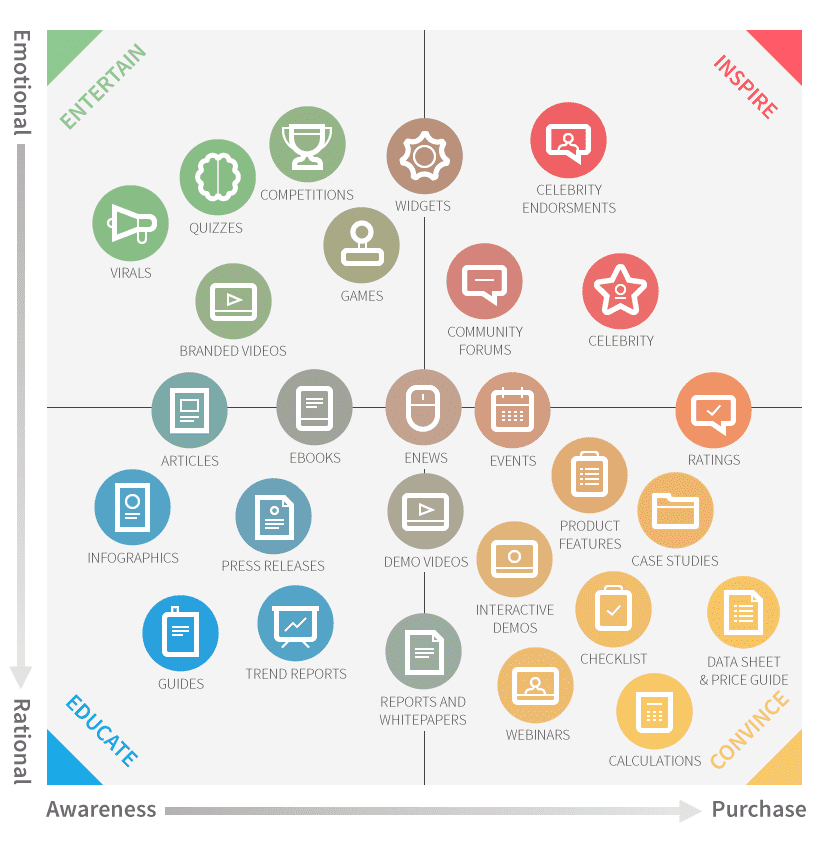
Yep, it’s pretty meta.
Let’s explore how content marketing looks like in a real-world example.
Strategic IC is a B2B technology marketing agency that uses content to generate leads and showcase thought leadership.
It runs a blog and offers a series of free ebooks on inbound marketing to educate its target audience:[*]

The agency also runs a webinar series where the CMO interviews fellow CMOs from technology companies.[*]

This is smart marketing on Strategic IC’s part, as the CMOs they profile belong to the audience they’re trying to attract.
Pro Tip: If you’re looking to use webinars as part of your marketing strategy, be sure to apply this tactic of featuring your ideal clients.
Difference #2: Approach
Sales is centered around this approach: Persuade customers that the product fulfills their needs and that it is the right choice.
But for this to happen, marketing needs to happen first.
Marketing needs to identify these customers’ needs and know what’s the best way to reach them before you start selling.[*]
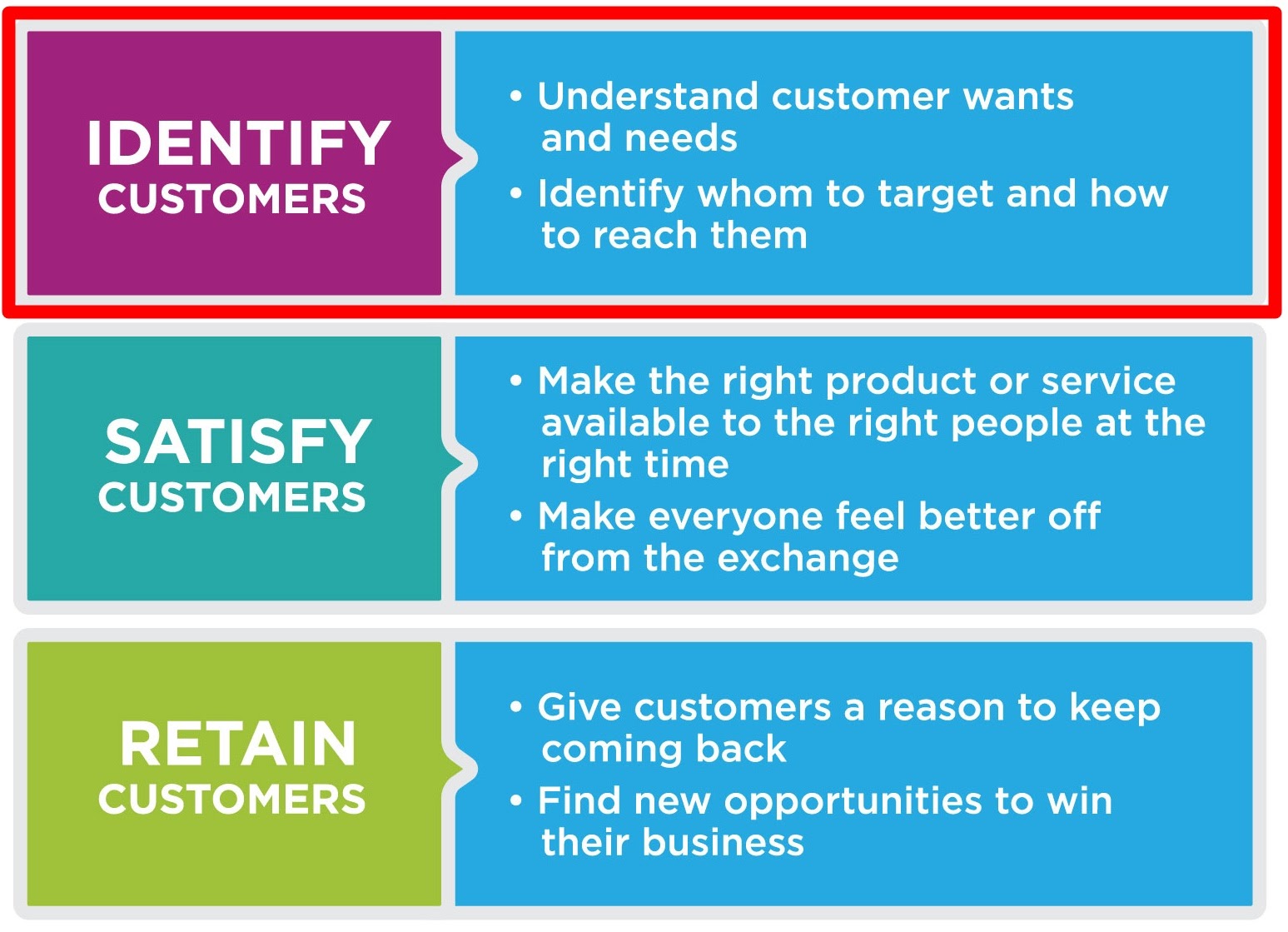
Earlier, we talked about how marketing and sales share a common goal — driving revenue.
What about their separate goals? Let’s dig in a little deeper into what goes on in each step of the funnel:
| Top Of The Funnel (ToFu) |
Middle Of The Funnel (MoFu) |
Bottom Of The Funnel (BoFu) |
|
| Attract | Awareness | Consideration | Conversion |
| Who’s Responsible | Marketers | Marketers and sales | Sales |
| Target Customers | Problem aware | Solution and product aware | Most aware |
| What It Involves | Answer common inquiries, typically tactical content like how-tos and tutorials | Marketers nurture leads and boost trust with content (e.g., case studies); qualify leads with sales teams | Close deals with demos, follow-ups, etc. |
Keep reading — we’ll detail how this looks in the next section.
Difference #3: Activities
Marketing uses a massive group of activities centered around research and content creation.
Say you’re creating a content strategy to directly address your target and current customers’ needs. You might engage in activities like:
SALES TEAM INTERVIEW
Interview sales reps who frequently interact with prospects, leads, and clients. You’ll identify your target audience’s needs and wants, and generate new content ideas for all stages of the buying journey.
RESEARCH
Interview customers and subject matter experts for further content ideas. You can find the latter group in professional networks or by using tools like HARO and Qwoted. This form of research adds credibility and authority to your content.
GRAPHIC DESIGN
Create visuals like infographics, charts, and graphs to explain complex concepts using tools like RelayThat. You can use these visuals in your content (e.g., ebooks, blog posts, white papers) to engage with your target audience.

What about sales?
Sales activities focus on qualifying leads and optimizing the sales process.
It takes multiple conversations or attempts to close a deal in the B2B world. To coax a lead to buy or a client to upgrade a current plan, you might engage in the following activities:
FOLLOW UP
Email or call when the lead didn’t respond the first time, using a different angle to make the sale. Or reconnect with the client to cross-sell and upsell similar products.
DELIVER A SALES DEMO
Conduct a demo to understand the lead’s motivations and struggles, and show how your product relates to their business.
TRACKING
Keep tabs on contacts and deals in a CRM tool. For instance, in Ringblaze, sales teams can see their assigned calls and the current status of ongoing deals and identify which task has the biggest impact on revenue.

Difference #4: Size Of Customer Base
Another major difference between marketing and sales is the size of your customer base.
Remember the marketing and sales funnel we revisited above?
In the top of the funnel, we see that marketing targets a larger audience. As we move further down, it becomes narrower — the number of leads that the sales team target becomes smaller.
Let’s explore how this looks in a real-world scenario.
Picture it: You’re a marketer using Facebook Ads to promote a lead magnet for an accounting firm (e.g., tax prep checklist).
You set up a campaign and upload an email list (aka your best customers) and create a Lookalike Audience.[*]
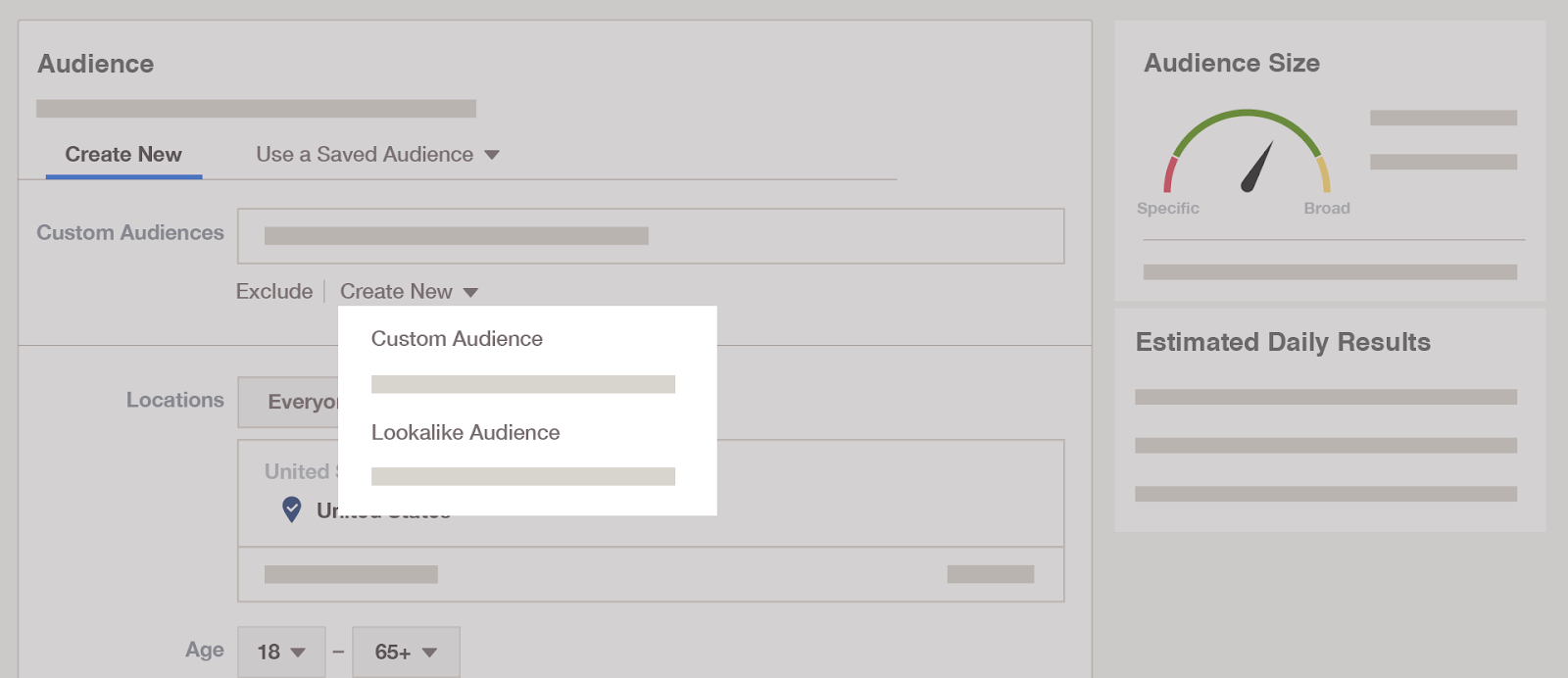
-
ToFu: Let’s say you promote your ad in front of 1,000 prospects. After your campaign ends, you attract 121 leads.
-
MoFu: Next, seven of these 121 leads fill in the contact form on your website for a short discovery call. The sales team speaks to them one-on-one.
-
BoFu: Three of these leads end up becoming paid clients.
See what just happened?
When you promote your lead magnet on Facebook Ads, you attract dozens of prospects and convert them to leads. That’s marketing.
When you speak to your newly acquired leads individually and convert them to clients? That’s sales.
There are cases where sales targets more than one person — like this sales page by Gemma Bonham Carter.[*]

When I emailed Gemma, the online business coach shared with me that over 500 customers bought her digital product.
A sales page isn’t the only medium that targets more than one person at a time.
Check out this back-in-stock email by Bare Performance Nutrition (BPN).
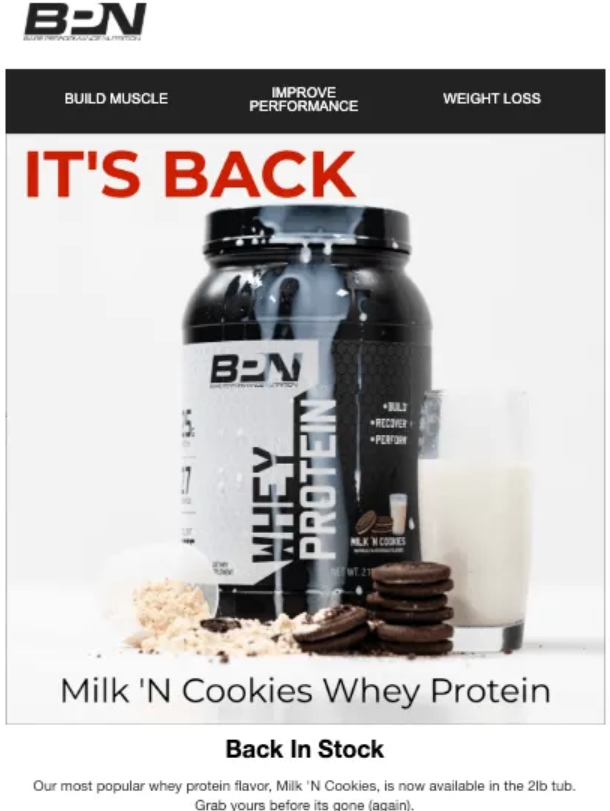
This email, as part of an email campaign sent via FAM (a sister brand of Sumo), made $1,888.39 in revenue in 30 days.
Difference #5: Timeline
Sales focuses on weekly and monthly sales targets.
It's easy to figure out these goals by working backward from a company’s annual revenue goal and taking into account each sales team and individual rep’s target.
In marketing? It could take months to a year to meet goals. I’ll share an example to illustrate this.
In mid-2019, I set out to optimize my website’s SEO. It was a two-month plan, and it involved me getting backlinks via HARO. It didn’t work, at least not in the beginning.
Fast forward to the end of 2019, when I began to see results. My domain authority increased, and my website started to show up in results for several long-tail keywords.
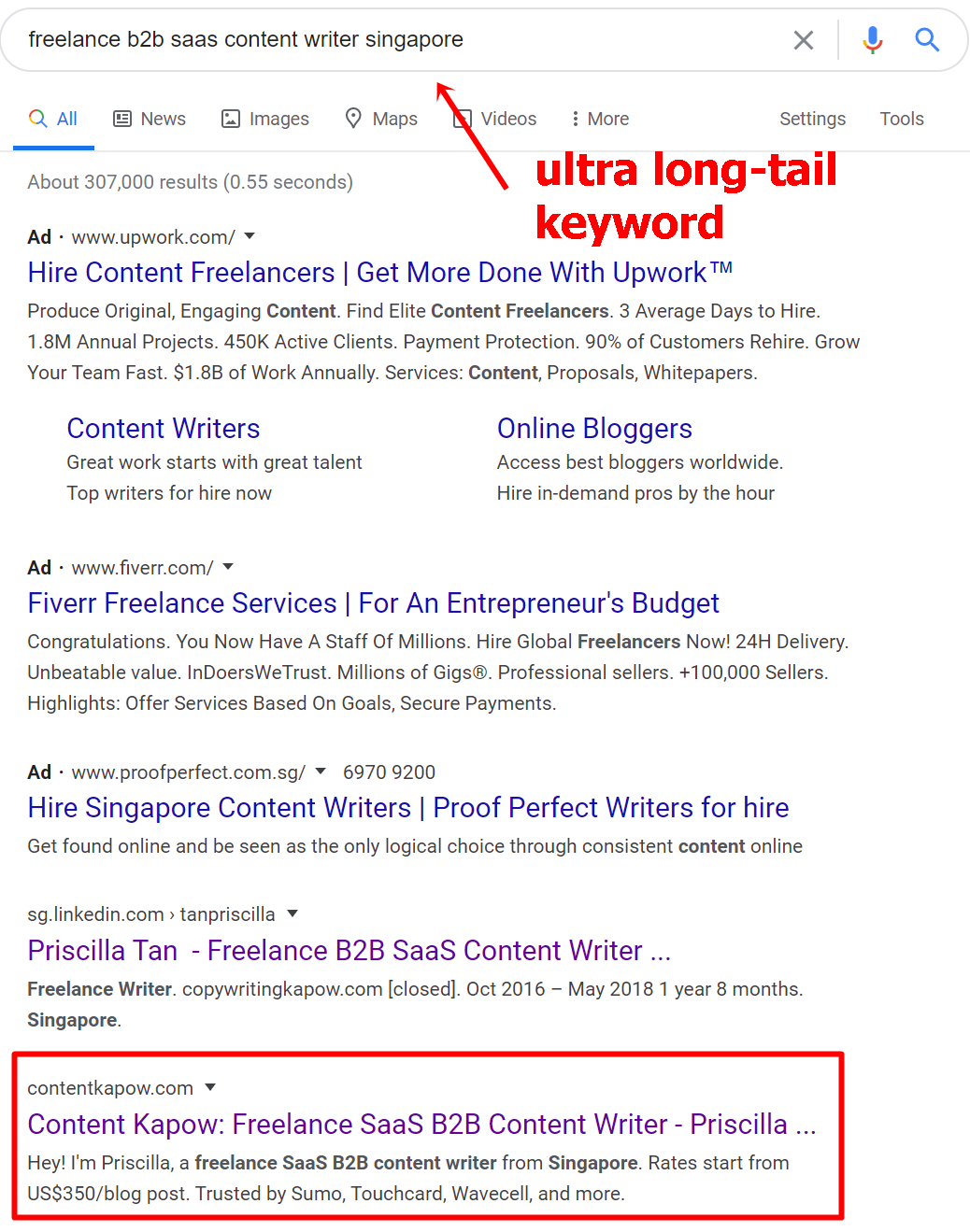
Thanks to this new visibility, prospects discovered my website and approached me for work.
Here’s what I received from a prospect in December 2019 — at the bottom of his message, he shared that he found my website through organic search. Score!

The good news: You can do better than I did.
There’s a way to boost conversions for your marketing efforts in less time — conduct mini experiments.
Want to attract more views for your blog post? Put some ad spend on it and see which advertising platform drives more quality traffic.
Connecting with prospects on LinkedIn? Send a personalized video instead of the typical text message (using tools like BombBomb) and see which drives a better response rate.[*]
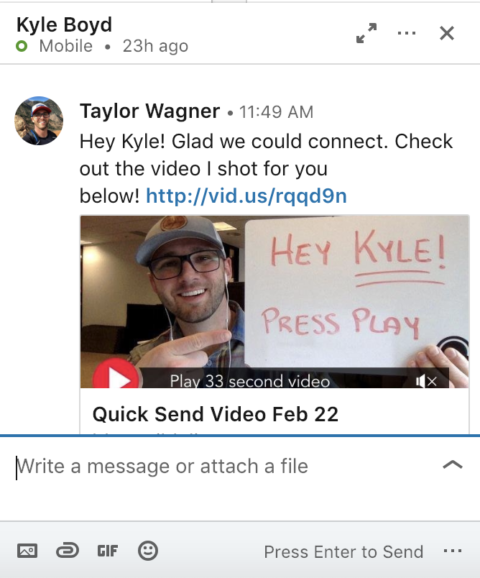
Test to see if these new strategies perform better than your control.
Invest in marketing from Day 1. The earlier you start, the sooner you get the word out about your business and win sales.
Difference #6: Tools
Let’s start with marketing.
In marketing, tools are used to boost marketing efforts. You use them to:
-
Share content on social media (e.g., Publer)
-
Research keywords and grow search traffic (e.g., Ahrefs)
-
Send emails to nurture subscribers (e.g., SendFox)
Analytics software comes into play here, too.
Marketers use RightMessage to survey subscribers, segment them based on behavior, and send personalized emails.[*]

On the contrary, sales tools are a lot more “client-facing”.
Meaning, they’re used to manage client interactions such as sharing files and tracking project updates.
For example, a project manager from a digital studio might use SuiteDash to communicate with clients.

Whenever the project manager needs to share a status update with the client, all they need to do is create a new message within the platform.[*]
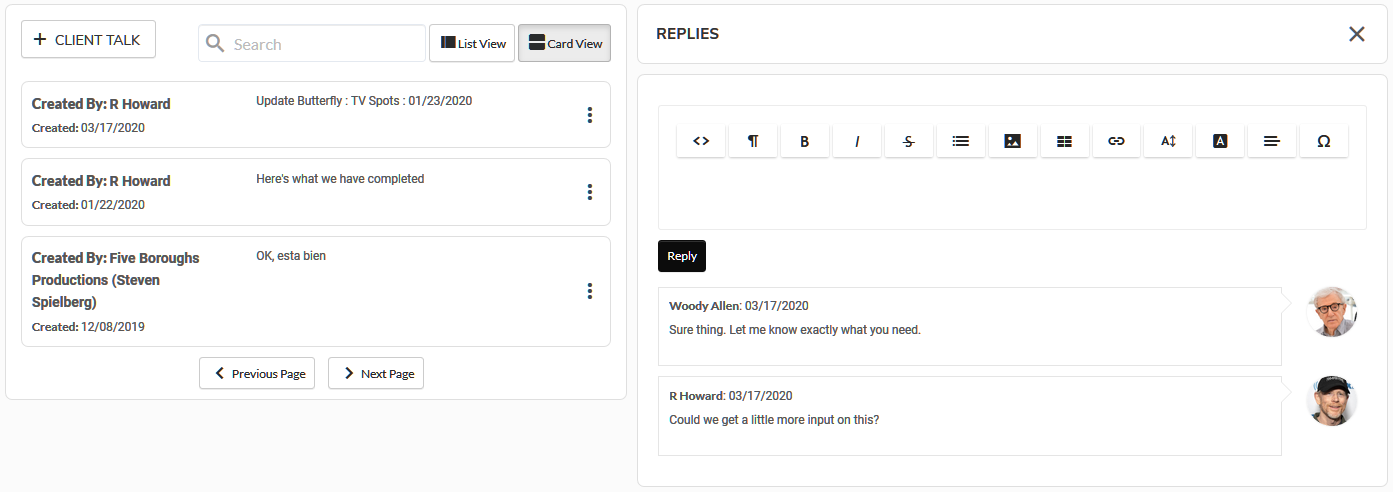
Pro Tip: Watch out, there’s an overlap in several marketing and sales tools.
HappyForms, for instance, is a form builder that can be used in lead generation (marketing) and customer conversations (sales).
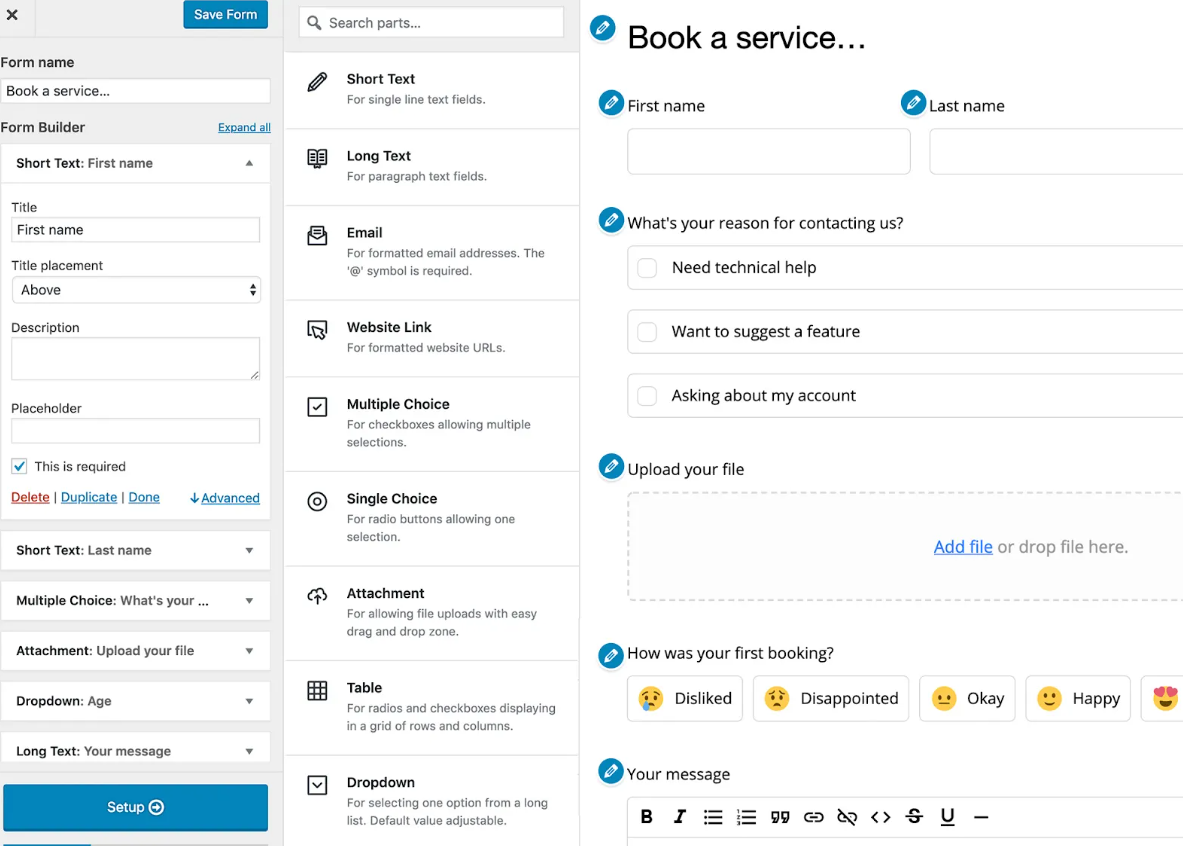
Marketing VS Sales: Make Both Sides Work Together
Marketing and sales are different and similar.
Marketing nurtures a lead till they’re ready to buy, while sales closes the deal.
Both exist for the same reason: To drive revenue and supercharge your business.
Sales teams, actively seek feedback from your clients on what’s working (and what’s not).
Marketers, check in with your sales team and start gathering those new insights. Build them into your plans.
Make both sides work TOGETHER to grow a business.
Do that, and you’ll start raking in profits.










Add A Comment
VIEW THE COMMENTS